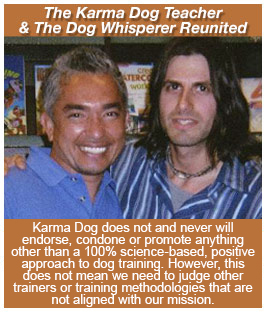Dog on Dog Aggression
A gentle, effective, and enlightened approach to dog training
What is Dog on Dog Aggression?
Dog on dog aggression is when a dog displays conflict provoking or reacting behaviors such as tense freezing, growling, barking, lunging, or biting towards another dog. There are other more subtle communication through body language such as a whale or hard eyes, swaying head or turning away, panting excessively, scratching, sniffing, sweating through paw pads, whining, and more.
How do we address it?
Like any good behavior modification program, our exercises start off simply and build up, ensuring success all the way. It is important to make it easy for the dog to succeed at every step. Learning is best under low stress which is why tackling dog aggression through positive reinforcement is very effective.
If violence occurs between dogs or dogs are being hurt, then separation and constant environmental management is one of the most effective ways to deal with the problem. We will start with a thorough behavior consultation then plan and begin implementing training. Behavior change takes time so we start when and where the dog (and owner!) is ready.
The principles of our skill building exercises give us insights that make it less likely that serious errors will be made when behavior modification procedures are attempted.
In short, we will
- Provide a behavioral assessment and consultation
- Evaluate individual dog’s prognosis
- Implement mindful management of the situation
- Equipt the owner with important knowledge
- Teach the owner effective use of various tools
- Teach the owner how to recognize the precursors for aggressive behavior
- Teach the owner defensive handling skills
- Teach the dog alternative, more desirable behaviors
- Find the coping threshold and increase it
- Set up training for success
- Adjust protocols based on results at each step
- Empower the owner how to plan proactively, deal with complications owner and how to follow through with progress
As with most behavioral issues, severity ranges significantly. For severe cases, an owner may need to seek care from a veterinary behaviorist if and when training is not enough. Medications in addition to training could be recommended. In other instances, rehoming should be considered. Some dogs are happiest being the only dog in a home.
We have high expectations for our dogs and in an ideal world would like them to be comfortable around all dogs, but the reality is that no dog (or human for that matter!) will like everyone they meet. The key is to keep watch on body language. Be sure to maintain your dog on a relaxed leash which promotes confidence and keeps your dog and other dogs around safe. You must allow your dog to be the one to decide the pace and which dogs to socialize with. Some dogs are just plain happier with their own company or the company of one or two other properly introduced dogs and that’s okay!
SCHEDULE YOUR FREE 10 MINUTE
ZOOM, FACETIME, GOOGLE DUO, SKYPE,
OR PHONE CONSULTATION
Schedule Now
Contact UsEmily Ozrey
Director, Karma Dog Training
Director, Karma Dog Training




















